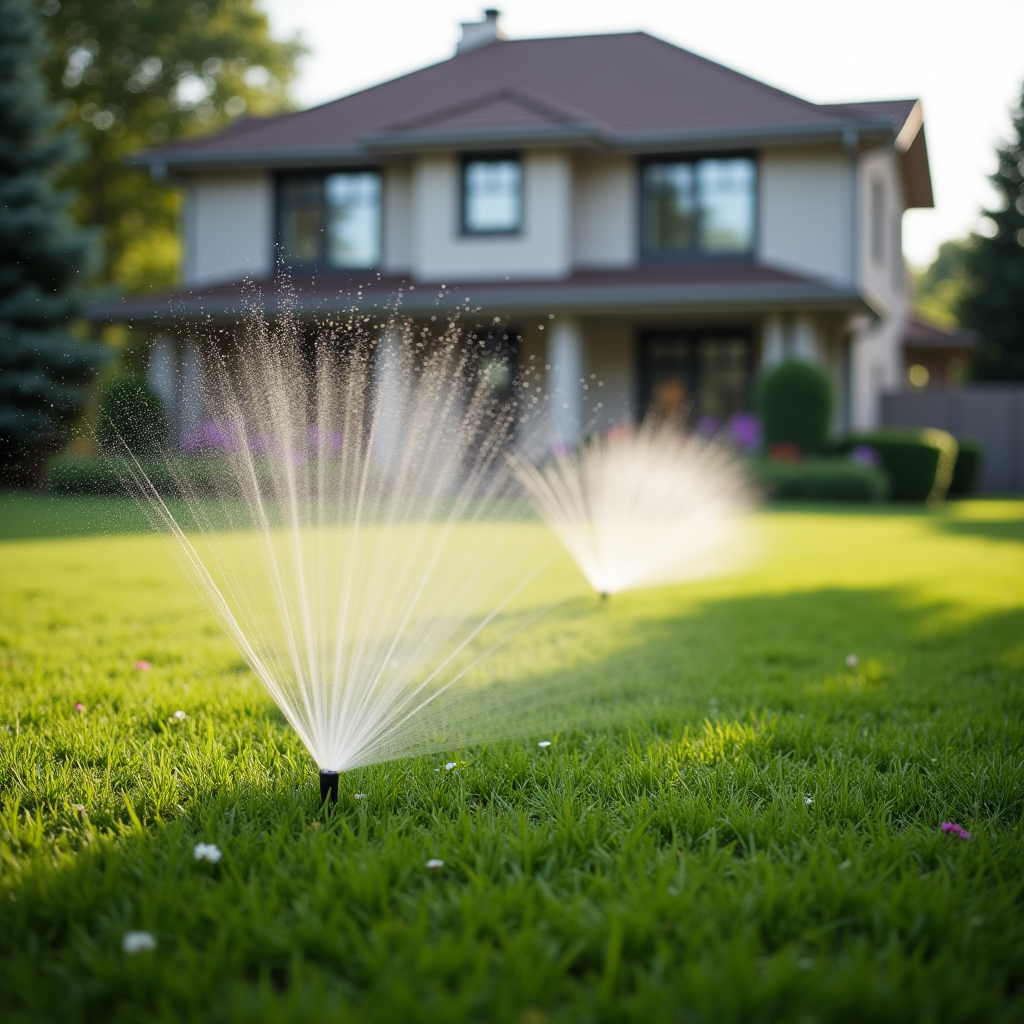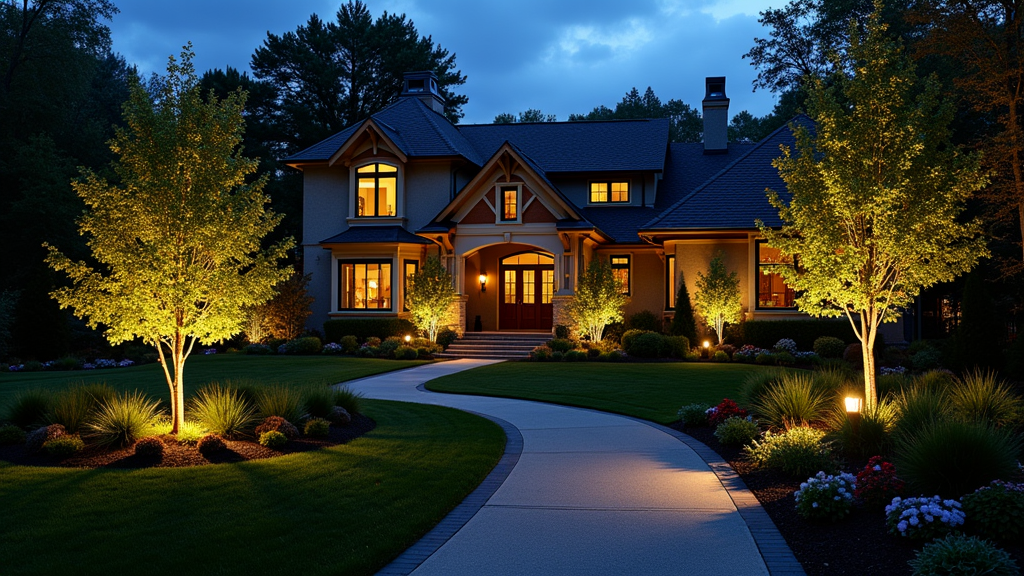Overseeding is a popular lawn care technique that many homeowners are turning to in order to revitalize their green spaces. If you’ve ever looked out at your lawn and felt disappointed by its appearance, overseeding could be the answer you've been seeking. In this comprehensive article, we will explore the multifaceted benefits of overseeding your existing lawn, providing you with insights into why it’s a practice worth considering.
What is Overseeding?
Overseeding is the process of planting new grass seed over an existing lawn without tearing up the old grass. This process can help rejuvenate tired lawns and enhance their overall health and appearance.
How Does Overseeding Work?
When overseeding, new seeds are sown directly into the soil, often targeting bare or thinning areas. The existing grass acts as a natural mulch that helps retain moisture and protect the seeds as they germinate. This method ensures that the new seedlings have the nutrients they need to thrive while benefiting from the established root system of the existing grass.
The Benefits of Overseeding Your Existing Lawn
The reasons for overseeding can vary widely among homeowners, but some benefits stand out prominently:
Enhanced Grass Density
Overseeding increases the density of your lawn by introducing new seeds that will grow alongside existing grass. A denser lawn not only looks more lush but also provides better resistance against weeds.
Improved Disease Resistance
Introducing different varieties of grass can help your lawn develop better resilience against diseases and pests.
Drought Tolerance
By selecting drought-resistant grass varieties during overseeding, you can improve your lawn's ability to withstand dry spells.
Revitalized Aesthetics
An overseeded lawn has a fresher appearance with vibrant colors and textures, making your outdoor space more inviting.
Weed Suppression
A thick carpet of grass leaves less room for weeds to take root, thereby reducing maintenance efforts in weed control.
Cost-Effective Lawn Care
Instead of starting from scratch with sod or new seed, overseeding is often a much more affordable option for achieving a beautiful lawn.
Choosing the Right Time for Overseeding
Timing is crucial when it comes to overseeding your lawn effectively.

Best Seasons for Overseeding
- Fall: Generally considered the best time for overseeding cool-season grasses. Spring: Ideal for warm-season grasses but may require more watering due to competition with weeds.
Climate Considerations
Your local climate will significantly influence when you should oversee. Warmer climates may allow for earlier spring sowing while cooler regions might see superior results in late summer or early fall.
Selecting Grass Seed Varieties for Overseeding
Not all grass seed is created equal, so it's essential to choose wisely based on your specific needs.
Types of Grasses Suitable for Overseeding
Perennial Ryegrass: Excellent for quick germination and establishment. Tall Fescue: Drought-resistant and suitable for transitional zones. Kentucky Bluegrass: Offers lush color but may take longer to establish. Bermudagrass: Perfect for warmer climates with high foot traffic areas.Factors to Consider When Choosing Grass Seed
- Sunlight availability Soil type Local climate conditions Intended use (aesthetic vs functional)
Preparing Your Lawn for Overseeding
Preparation is key! To ensure successful germination, follow these steps:
Mowing Your Lawn
Start by mowing your existing grass short—around 1 to 2 inches—so that the new seeds can make good contact with the soil.
Aerating Your Lawn
Aeration enhances soil structure by creating holes that allow air, water, and nutrients to penetrate deeper into the soil where roots can access them easily.
Cleaning Up Debris
Remove any leaves or debris from your lawn; this helps prevent obstruction and allows seeds to reach the soil directly.
How to Oversee Your Lawn Effectively
Now that you're prepared let’s get down to business!
Spreading Seed Evenly
Using a broadcast spreader ensures even distribution across your yard—aim for a rate specified on seed packaging based on size and type of seed used.
Watering After Seeding
Immediately after seeding, give your lawn a light watering; keep it moist but not soggy until germination occurs—usually within 7-14 days depending on conditions and type of seed used.
Post-Overseeding Care Guidelines
After overseeding, special attention during maintenance will set you up for success!
Fertilization Techniques Post-Seeds Application
Applying a starter fertilizer can give those fresh seedlings an extra boost—look for one high in phosphorus which encourages root development!
Monitoring Growth Rates
Keep an eye on how quickly those seedlings sprout! Regular checks will allow you to adjust watering schedules accordingly—for instance if they’re coming up too slowly or too quickly during dry spells or rainy periods respectively!
FAQs about Overseeding
Here are some frequently asked questions regarding overseeding:
li17/ol3/li18li18/ol4li19# How often should I overseed my lawn?- It largely depends on usage and wear; generally once every 3 years keeps turf healthy without overwhelming it!
- Yes! Overwatering leads to root rot resulting in poor growth so aim instead for consistent moisture levels until established!
- Yes! Regular mowing (once it reaches about 3 inches tall) allows sunlight exposure leading toward healthier thick turf over time!
Conclusion
In summary, “The Benefits of Overseeding Your Existing Lawn” encompass not just mere aesthetics but long-term sustainability as well! By enhancing density, improving disease resistance & drought tolerance while suppressing pesky weeds—all through relatively http://landenhmsx868.lucialpiazzale.com/integrating-pathways-and-walkways-into-your-landscape-design simple methods—you’re setting yourself up as both an environmentally conscious homeowner AND proud curator of green beauty! So why wait? Grab those seeds today & breathe life back into that tired old yard!
